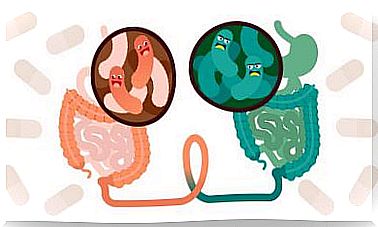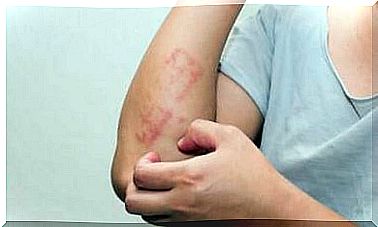Choking In Children – How To Act?
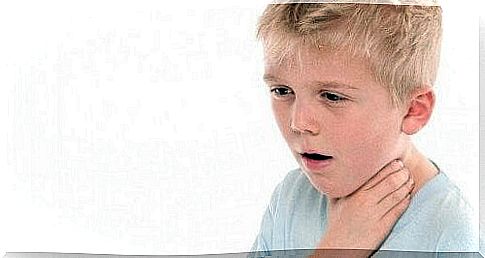
The best way to deal with suffocation in children is to know the common causes, and also the guidelines for preventing it and what you should do if it happens.
Choking is not just a risk for babies. Children have a tendency to want to put things in their mouths, even long after they have stopped breastfeeding. This is a risk factor for suffocation.
If your child stuffs a toy ball in his nose or swallows a coin, you must understand that this is part of a normal phase of learning and understanding the world around him, but it is important that you make sure he or she understands the danger of stopping. certain things in the mouth or nose.
In this article, we will focus on choking from a child’s throat. There are also other causes of suffocation, for example:
- Inflammation of the muscles of the trachea (due to allergies)
- To have accidentally ingested chemical substances
- Reflux or vomiting during unconsciousness
- Insect bites
Based on the cause of each individual case, you need to do different things to make sure that your child’s oxygen supply is working.
Common causes of suffocation in children
Inserting in the throat means that the trachea is blocked by some solid or malleable object (toys, balloons, paper, coins, chewing gum, sweets or other food) so that the air flow is completely or partially stopped.
When a child has sat in the throat so that the air flow has stopped completely , you have a maximum of 4 minutes to remove the object before the child is likely to die of suffocation.
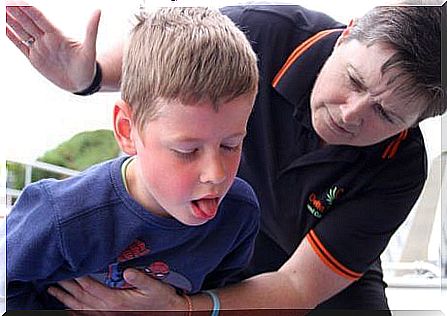
How to prevent suffocation in children
While children are learning to eat solid foods, extra care must be taken to avoid suffocation. Teach them not to drink more than they can swallow. Then they understand (for example when they drink juice) how far they can go, and that it is important to eat and drink a little at a time.
Babies and children under one year of age often hurry to drink. This often causes them to put in the throat.
Children between 3 and 5 years of age suffer the greatest risk of being suffocated by small toys. For example, they may have tried to eat coins or other small items.
Therefore, you have to monitor them when they play. This is especially true if your child usually tries to eat their toys or if the toys are so small that they can swallow them.
Choking can also occur completely by mistake, such as when putting food or medicine down your throat . It happens if they have not fully learned how to eat (chewing and swallowing food).
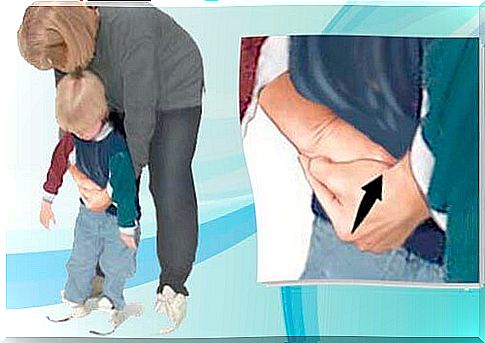
How to act in case of suffocation in children
Stay calm
In a situation like this, it is important to stay calm so that you can take the right action and not waste time.
Panicking can also cause your child to panic. It then increases the child’s need for oxygen and reduces the time you have to act.
Give the child strong thumps in the back
It is a very quick solution to help a child who has had a sore throat.
Remove the object with your fingers
If the object is visible in the baby’s mouth, try using your fingers or tweezers (if you can pick one up quickly) to remove the obstruction.
Heimlichmanövern
In severe cases of suffocation, the Heimlich maneuver must be used. Hold the baby from behind and tie your hands between the baby’s sternum and navel. Press your hands inwards-upwards against the baby’s stomach five times. The idea behind this technique is to use the pressure from the stomach as a pump. The sudden pressure then presses air against the baby’s trachea, which causes the object to be pressed upwards and no longer blocks the air flow. Repeat the process if the item does not come up.
Unconsciousness
If you see that the child is unconscious, the Heimlich maneuver as above is recommended immediately.
If you manage to get the object out that prevented breathing, but the child is unconscious, listen to the child’s nose and mouth to check if the child is breathing.
If the baby does not breathe , you must start the mouth-to-mouth method and chest compressions to try to revive the baby.
Once you have given first aid, call an ambulance immediately.



